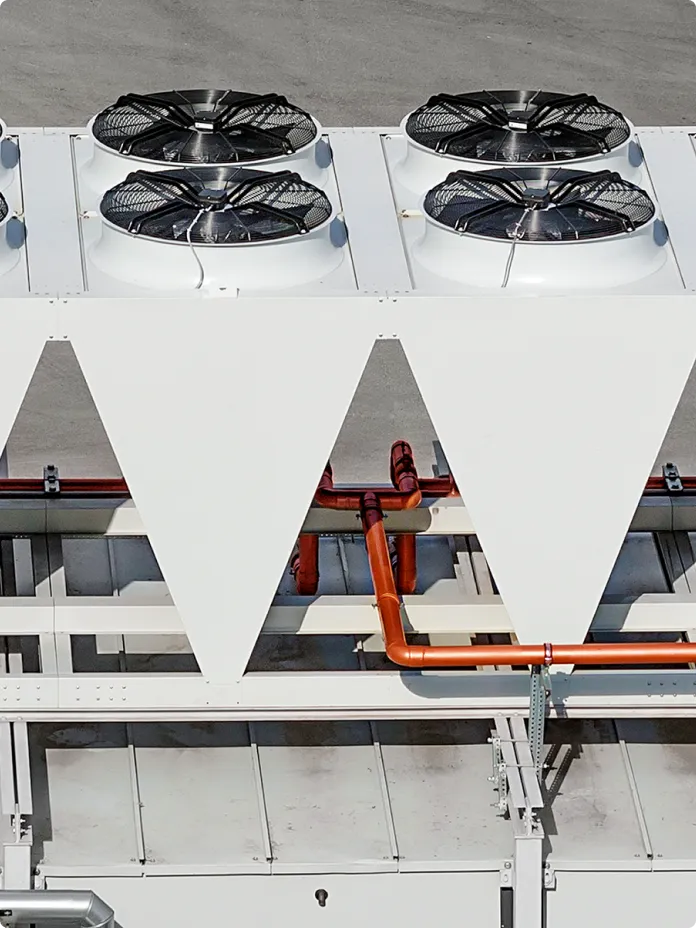EXEIN FOR Industrial Iot
Smarter Industrial IoT, secured from within.
Exein secures your connected machinery, unlocking the full potential of your intelligent network without increasing the risk.



Securing the future of a connected industrial IOT
Exein embeds intelligent security directly into the firmware of your industrial devices and systems, delivering real-time threat detection, anomaly response, and compliance-ready protection at the hardware level.
Average cost per incident of IoT security failures
60%
of IoT security breaches are caused by unpatched firmware
Smarter security for a smarter Industrial IoT

Security at all levels

Zero downtime

Smart growth, secured
case studies
FAQ
From integration to incident response, explore common questions and how Exein helps secure what matters.
What is Industrial IoT cybersecurity and why is it important?
Industrial IoT (IIoT) cybersecurity involves protecting connected industrial devices, sensors, controllers, and networks from cyber threats. It is crucial because:
- IIoT systems control critical infrastructure such as manufacturing plants, utilities, and transportation.
- Cyberattacks can cause operational disruptions, safety hazards, and data breaches.
- Embedded security features like secure boot, encrypted communications, and tamper detection help prevent unauthorized access and maintain system integrity.
- Protecting IIoT environments ensures continuous operation, safety, regulatory compliance, and minimizes financial and reputational risks.
What are the biggest cybersecurity challenges in Industrial IoT environments?
- Expanded Attack Surface: The proliferation of connected devices increases potential entry points for cyber threats.
- Legacy Systems: Approximately 60% of industrial OT environments still rely on legacy systems lacking modern security controls, making them vulnerable.
- Weak Authentication: Studies show that over 80% of IoT devices have inadequate authentication, leading to unauthorized access risks.
- Lack of Network Segmentation: Inadequate separation between IT and OT networks can allow threats to spread across systems.
- Ransomware Threats: Cybercriminals increasingly target IIoT systems with ransomware attacks, disrupting operations.
- Supply Chain Risks: Around 30% of industrial cyber incidents stem from compromised third-party hardware or software components.
What types of cyber threats most commonly target Industrial IoT systems?
Embedded security in Industrial IoT devices faces specific challenges from cyber threats such as:
- Firmware tampering: Attackers exploit weak or unsigned firmware to insert malicious code that persists even after reboots.
- Supply chain attacks: Malicious hardware or compromised firmware can be introduced during manufacturing, bypassing traditional security controls.
- Unauthorized access through insecure boot processes: Lack of secure boot mechanisms allows attackers to load unauthorized or altered software at startup.
- Exploitation of outdated or unpatched embedded software: Many embedded systems run legacy software that attackers target with known vulnerabilities.
- Side-channel and physical attacks: Attackers use techniques like fault injection or power analysis to extract sensitive data or bypass protections in embedded hardware.
What best practices should organizations follow to secure Industrial IoT environments?
Organizations should adopt a multi-layered security approach for Industrial IoT environments, including:
- Embedded security: Integrate hardware-level protections like secure boot, firmware signing, and trusted execution environments to prevent unauthorized code execution and tampering.
- Network segmentation: Isolate IIoT devices from corporate IT networks to limit attack spread.
- Strong authentication and access control: Use multi-factor authentication and role-based access to restrict device and system access.
- Continuous monitoring and anomaly detection: Implement real-time monitoring to detect unusual activity and respond rapidly.
- Regular software and firmware updates: Patch vulnerabilities promptly to reduce exposure to known exploits.
